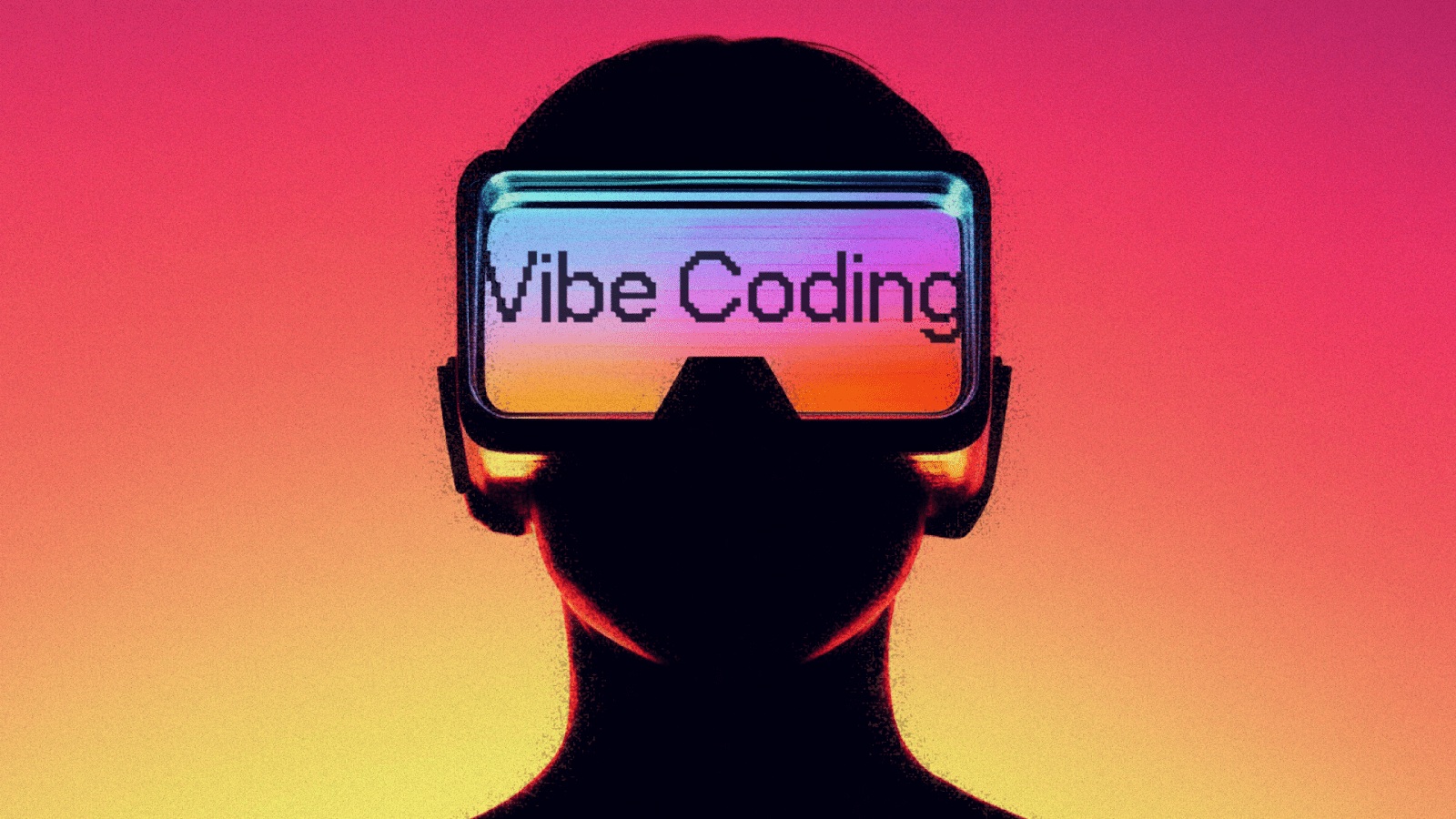The world of software engineering is constantly evolving, and with new tools and methodologies emerging, the way we build applications is continuously transforming. One of the most recent innovations making waves in the tech community is “Vibe” coding. But what exactly is Vibe coding, and could it revolutionize the way we develop software? Let’s break it down.
What Is ‘Vibe’ Coding?
Vibe coding refers to a new approach to programming that emphasizes the natural flow and intuitive process of writing code, rather than relying solely on rigid syntax and conventional logic. It is designed to be more in tune with how developers think and how they want to interact with code, with a strong focus on creativity, flexibility, and ease of use.
Key Features of Vibe Coding
- Intuitive and Conversational Syntax
Vibe coding seeks to make programming languages more user-friendly. Developers can write code in a more natural, conversational way—think of it as writing in plain language, where the focus is on how things should “feel” rather than following strict syntactical rules. This makes coding more accessible to beginners and allows experienced developers to work faster and with greater ease. - AI and Automation
AI tools are increasingly playing a role in Vibe coding, with advanced code completion, bug detection, and even suggestion generation. These AI-driven features can predict what the developer is trying to do and suggest the next steps, helping to avoid errors and speed up the process. - Enhanced Collaboration
Vibe coding tools are often designed with real-time collaboration in mind, allowing teams to work on code simultaneously, regardless of their location. By focusing on user-friendly interfaces and simplified processes, Vibe coding encourages more seamless teamwork between developers, designers, and other stakeholders. - Emphasis on Creativity and Experimentation
Instead of following traditional programming constraints, Vibe coding encourages developers to experiment and iterate quickly, creating a more creative development environment. This leads to faster prototyping and quicker feedback loops, fostering innovation and reducing the time it takes to bring new ideas to life.
Will Vibe Coding Change Software Engineering?
The rise of Vibe coding has the potential to significantly change the way we approach software engineering. Here’s how:
- Lowering the Entry Barrier
Vibe coding could democratize coding, making it easier for individuals without formal training in computer science to start building software. The focus on conversational syntax and intuitive interfaces means more people could potentially enter the tech field, leading to a more diverse and inclusive workforce. - Increased Productivity
By removing many of the tedious and error-prone aspects of traditional coding, developers could work more efficiently. AI-powered suggestions and automation could drastically reduce the time spent on debugging or searching for solutions, making software development faster and more productive. - Collaboration-First Development
The emphasis on collaboration could change how software teams interact with one another. With tools that allow for easy sharing, co-authoring, and real-time feedback, the traditional siloed approach to development may become obsolete, leading to more agile and responsive teams.
Conclusion
Vibe coding is an exciting and potentially game-changing approach to software engineering. By making the process more intuitive, creative, and collaborative, it could significantly lower the barriers to entry for new developers, increase productivity, and foster more innovative solutions. While it’s still early days, the trend toward Vibe coding could very well reshape the future of software development. The only question is: will your team be ready to embrace it?


